A Mid-Engined Honda Civic Type R-Powered Mini With 200 HP
The humble Mini has been customized in almost every way imaginable, but this is the first time we’ve seen a mid-engined, rear wheel drive example come up for sale powered by a 200 hp Honda Civic Type R K20A2 engine.
This car is one of many around the world that was resurrected during the Covid Era, when people had plenty of time at home on their hands and the excuses not to finish the project vehicle in the garage slowly evaporated.
Fast Facts – A Mid-Engined Type R-Powered Mini
- This car was built using a kit from Z Cars in the UK, this provides the rear subframe and many of the parts needed to convert a Mini to mid-engined, rear-wheel drive car.
- With 200 hp in standard tune, the Honda Civic Type R K20A2 engine provides approximately 260 bhp per ton when installed in a Z Cars Mini, and up to 430 bhp per ton with forced induction.
- The Type R K20A2 engine is a 2.0 liter (1998cc) inline-four cylinder engine with double overhead cams, four valves per cylinder, variable valve timing, and 200 hp at 7,400 rpm.
- Z Cars was originally founded in Britain in 1999 by Chris Allanson to provide both kits and turnkey cars, in the years since the company has been responsible for some of the fastest Minis in the world.
The Z Cars Mid-Engined Mini
When the Mini was first released back in 1959 the engineering team behind it could never have known that over 60 years later people would be building 400+hp mid-engined, rear wheel drive versions of the car in their sheds.
Above Video: This episode of Petrol Ped features a Z Cars Mini powered by a Civic Type R engine, it includes plenty of onboard driving footage and engine audio.
The Mini is historically notable for its use of a transversely-mounted inline-four cylinder engine that includes its transmission, and sends power to the front wheels. This powertrain layout is now used by the majority of passenger cars in production worldwide.
Due to the small size and low weight of the Mini it’s long been attractive to those who want to take it racing, John Cooper created the Mini Cooper in 1961 which went on to become one of the most successful rally cars of its time.
The Z Cars approach to getting more speed out of the Mini is relatively complex, it requires a new tubular steel frame be bolted into place to accommodate a new rear-mounted engine powering the rear wheels.
A number of engines can be used in this conversion, the most popular choices are engines sourced from the Suzuki Hayabusa superbike, as well as the Subaru flat-4 boxer, and of course, the Civic Type R K20A2.
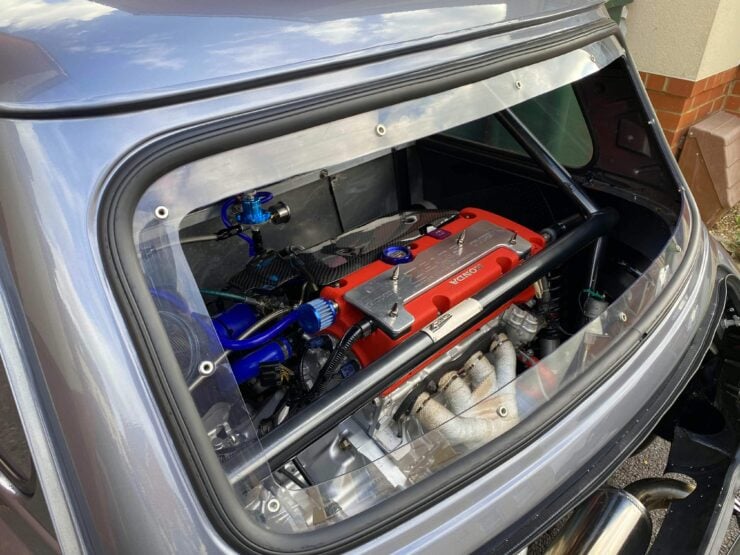
The engine is accessed through the rear of the car, and there’s more space in the engine bay than you might have expected.
During the build the rear seats are removed, the new frame is installed, the track width of the car is increased considerably which requires flared wheel arches. The original engine and transmission is removed from the front and replaced with a radiator and cooling fans for the new mid-mounted engine.
The new engine sits close behind the driver and passenger offering excellent weight distribution, and it’s accessed through the rear of the car.
Depending on the final specification, the Minis from Z Cars are more than capable of wiping the floor with essentially any modern hot hatch and many modern sports cars.
The Z Cars Mini Shown Here
The car you see here was originally built in 2007, it’s powered by the engine from a UK-spec 2002 Honda Civic Type R which feeds power to the rear wheels via a 6-speed manual transmission.
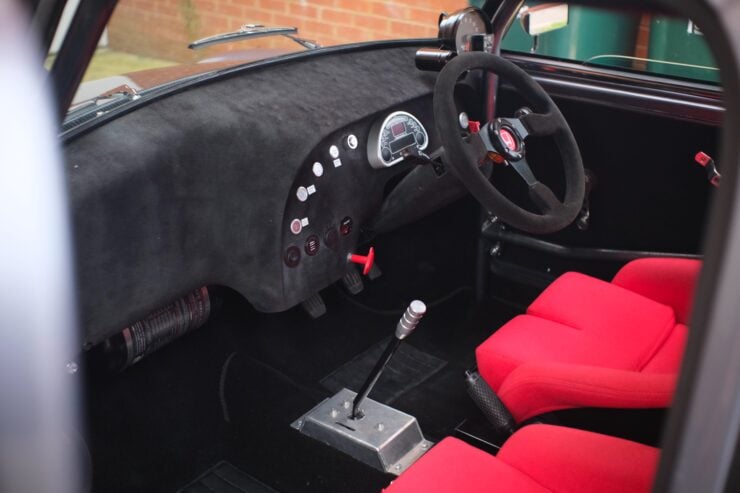
The car has an all-new interior with racing seats, a full roll cage, a custom dashboard, and a laptop-tunable ECU.
The donor car was a 1993 Mini Mayfair, however apart from the unibody not much of the original vehicle remains. Inside you’ll now find BB5 bucket seats, new carpets, a custom dashboard, and an OMP fire extinguisher system.
A quick-release steering wheel has been fitted and the car uses a Kpro V4 reprogrammable engine management system, and it has a digidash with laptop/GPS plug-in ports, a 12V plug, a voltage meter, and a start button.
The car now rides on fully adjustable coilover suspension front and back, and it’s fitted with Wilwood disc brakes front and rear with four-piston calipers up front on drilled and vented rotors.
This extremely quick Mini is now being auctioned live own Car & Classic out of the UK, if you’d like to read more about it or register to bid you can click here to visit the listing.
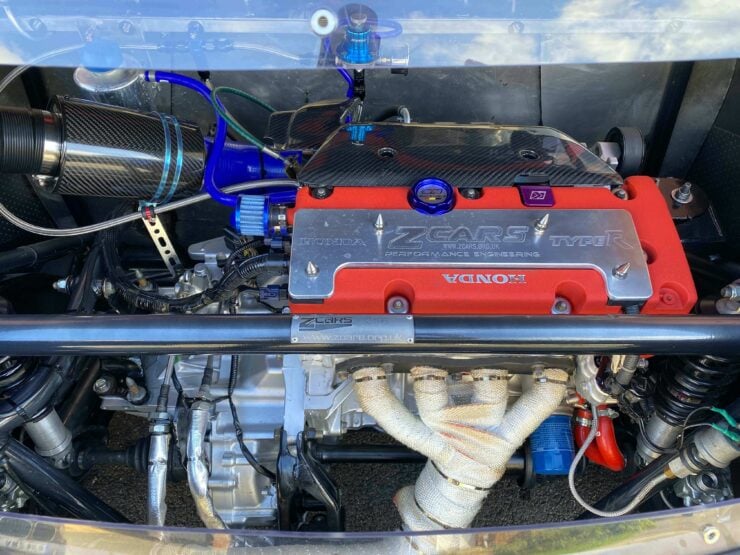
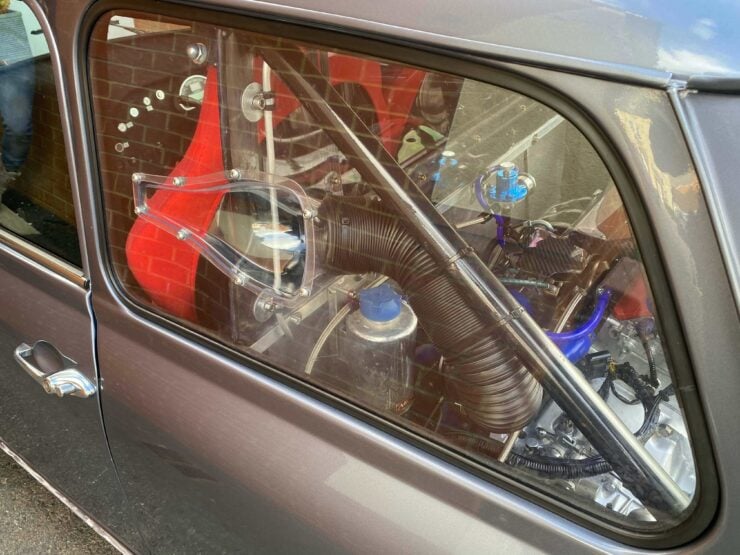
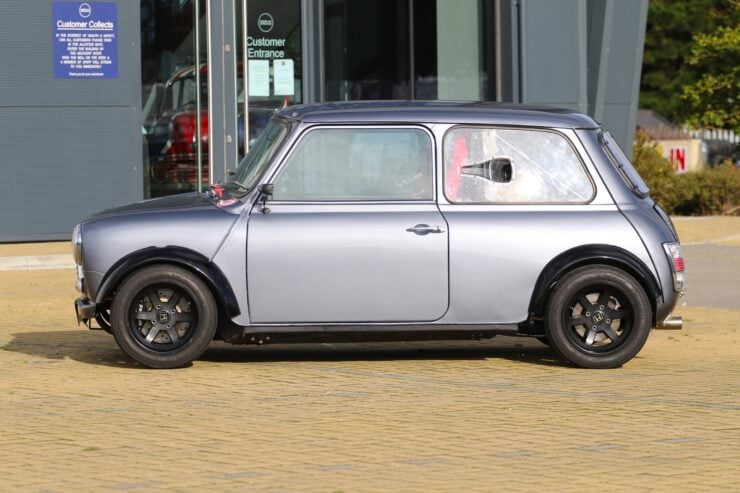
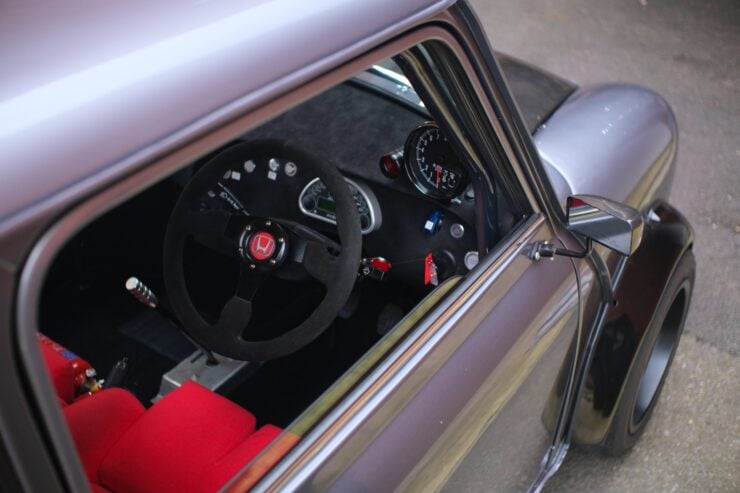
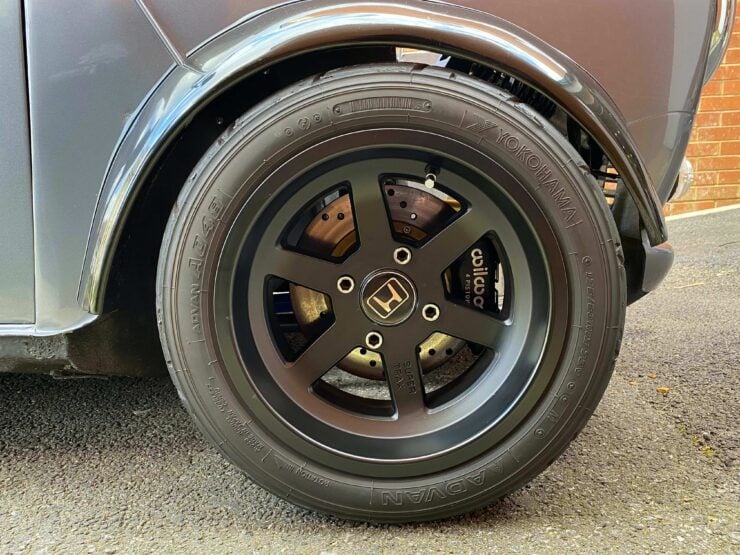
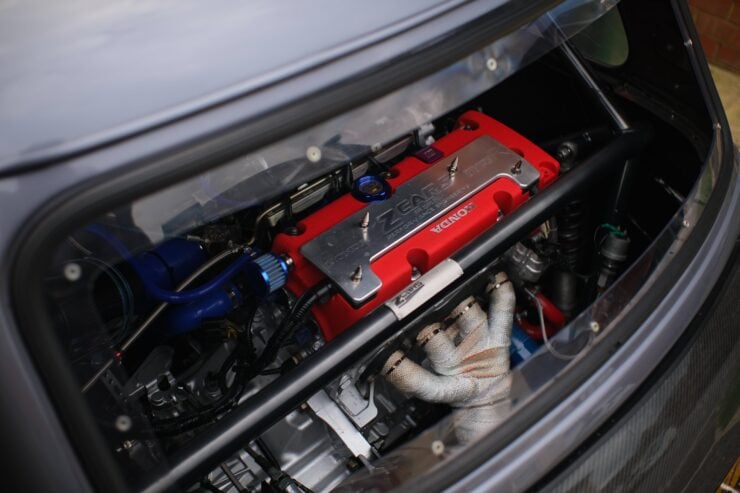
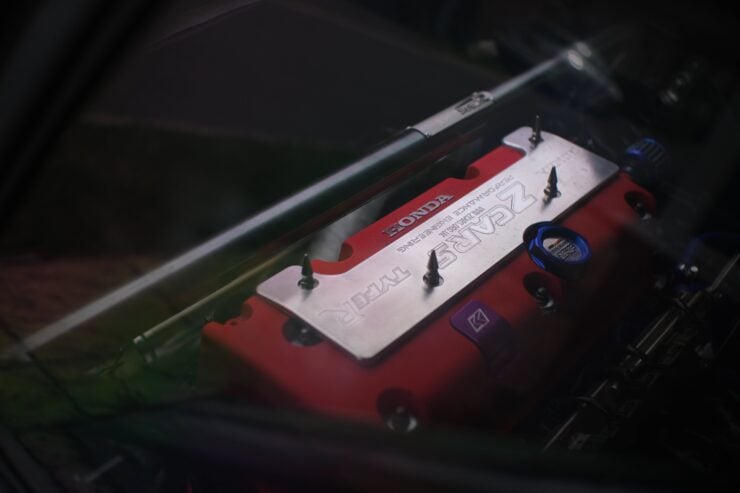
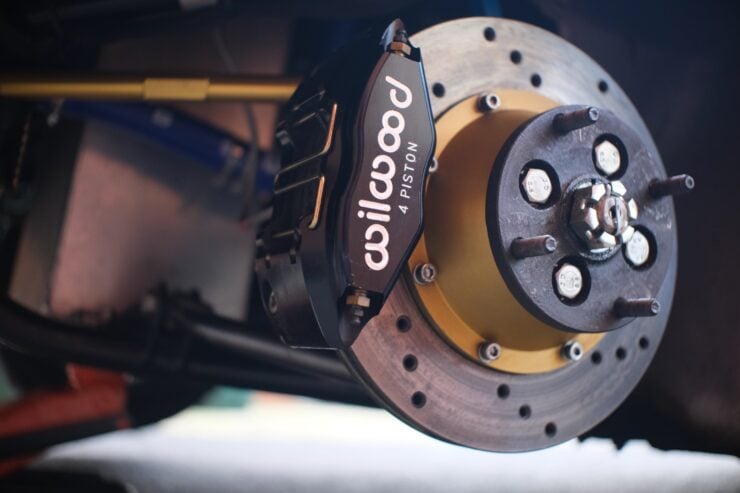
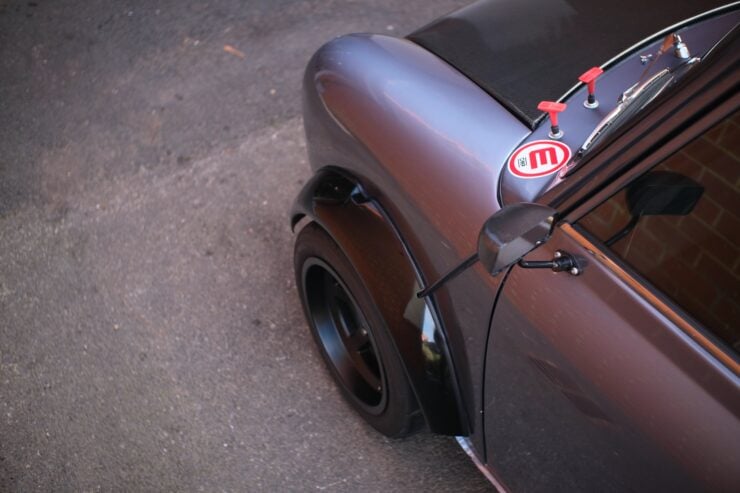
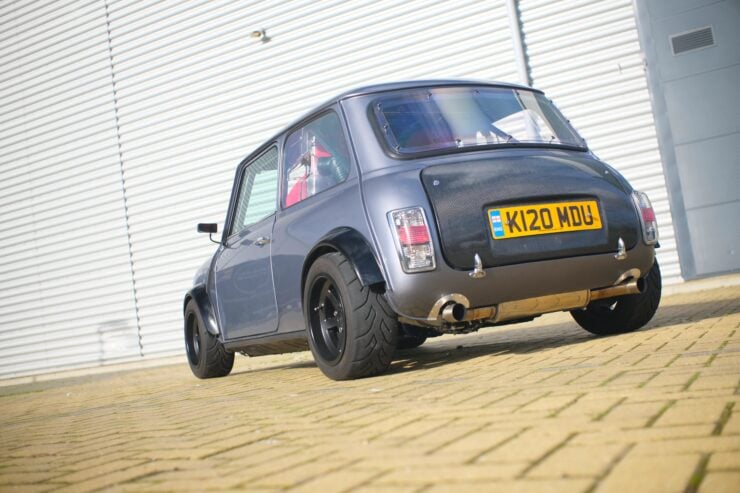
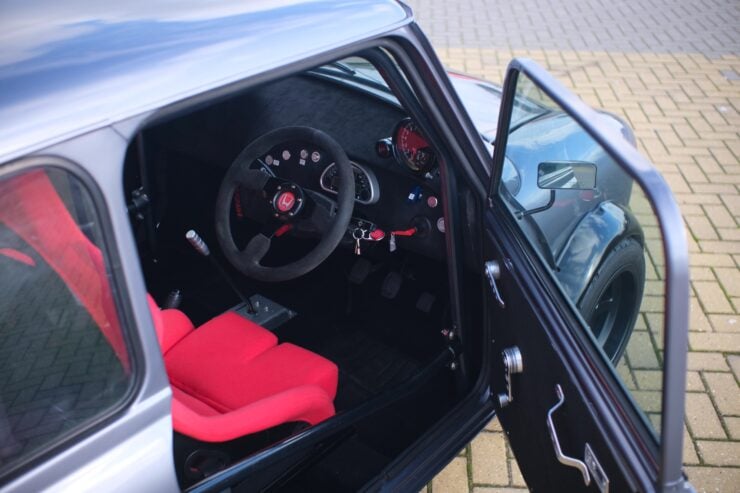
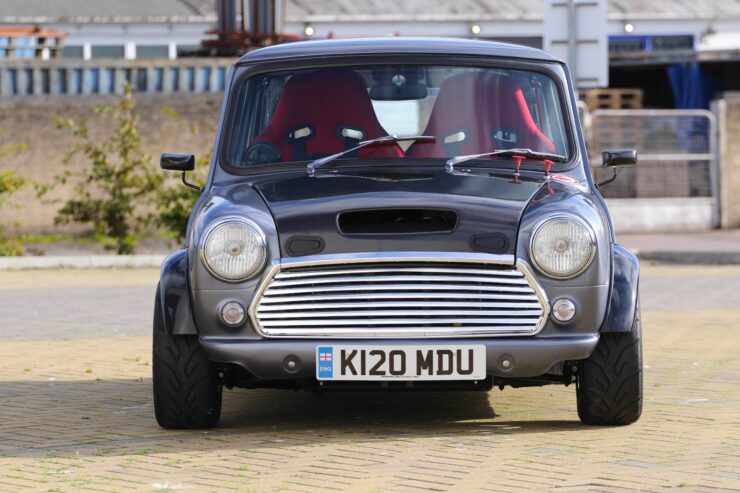
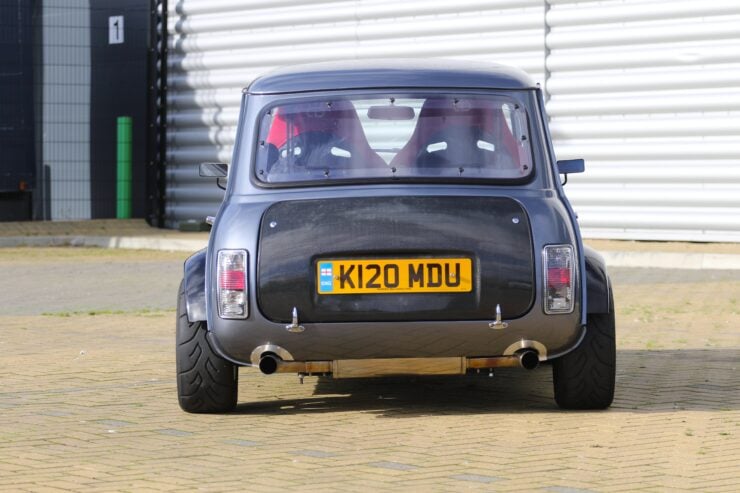
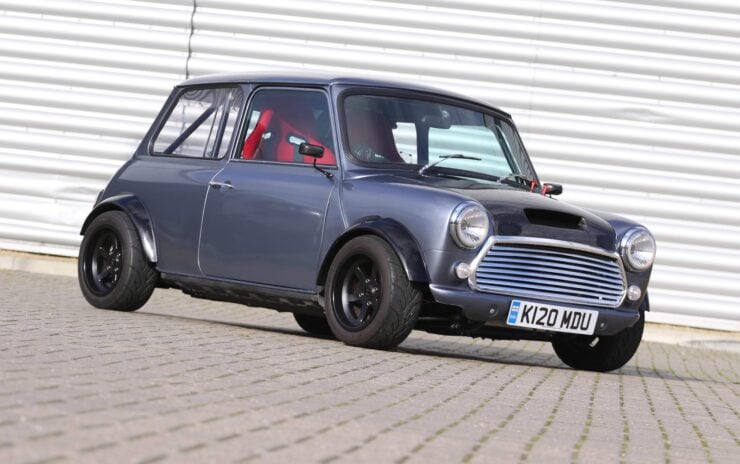
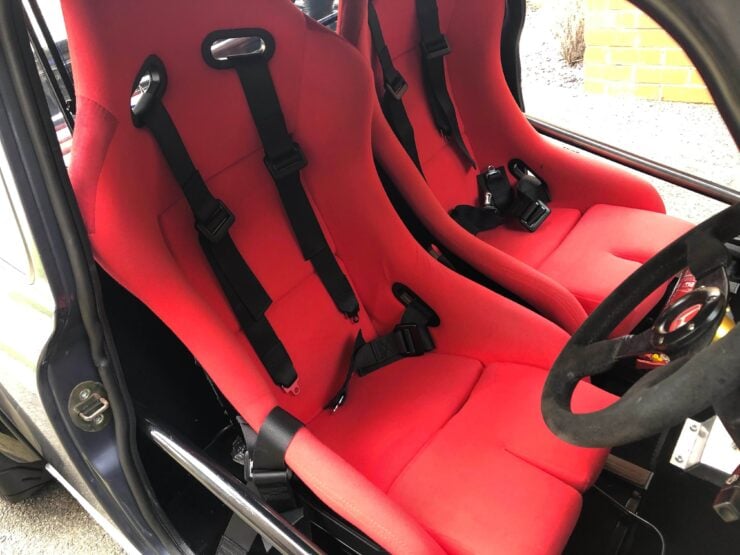
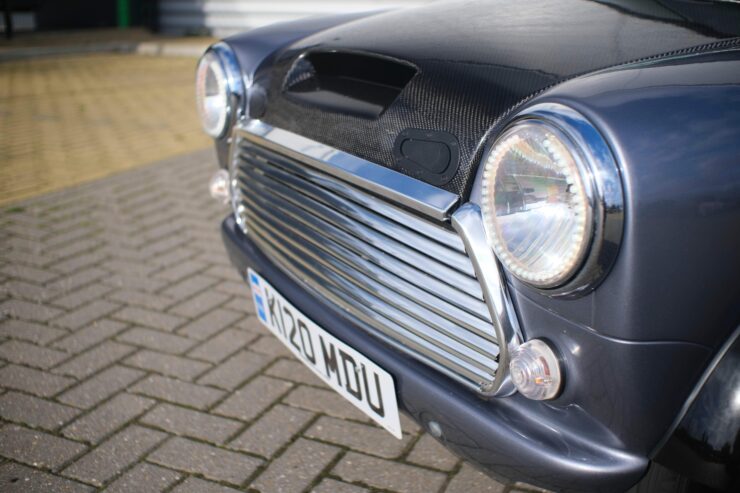
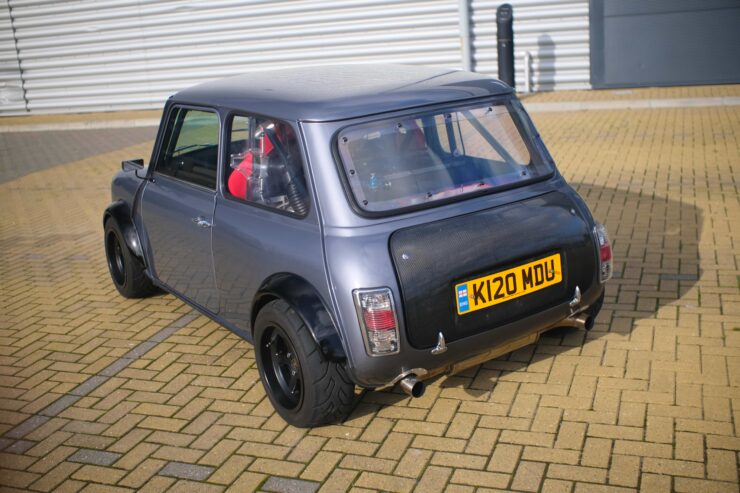
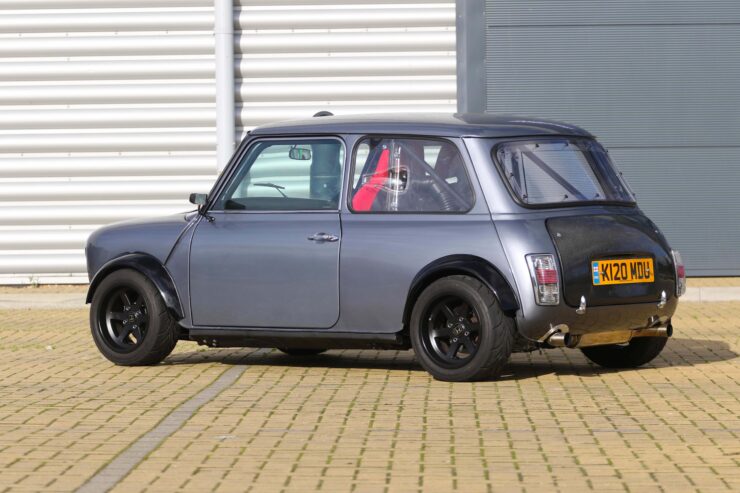
Images courtesy of Car & Classic.
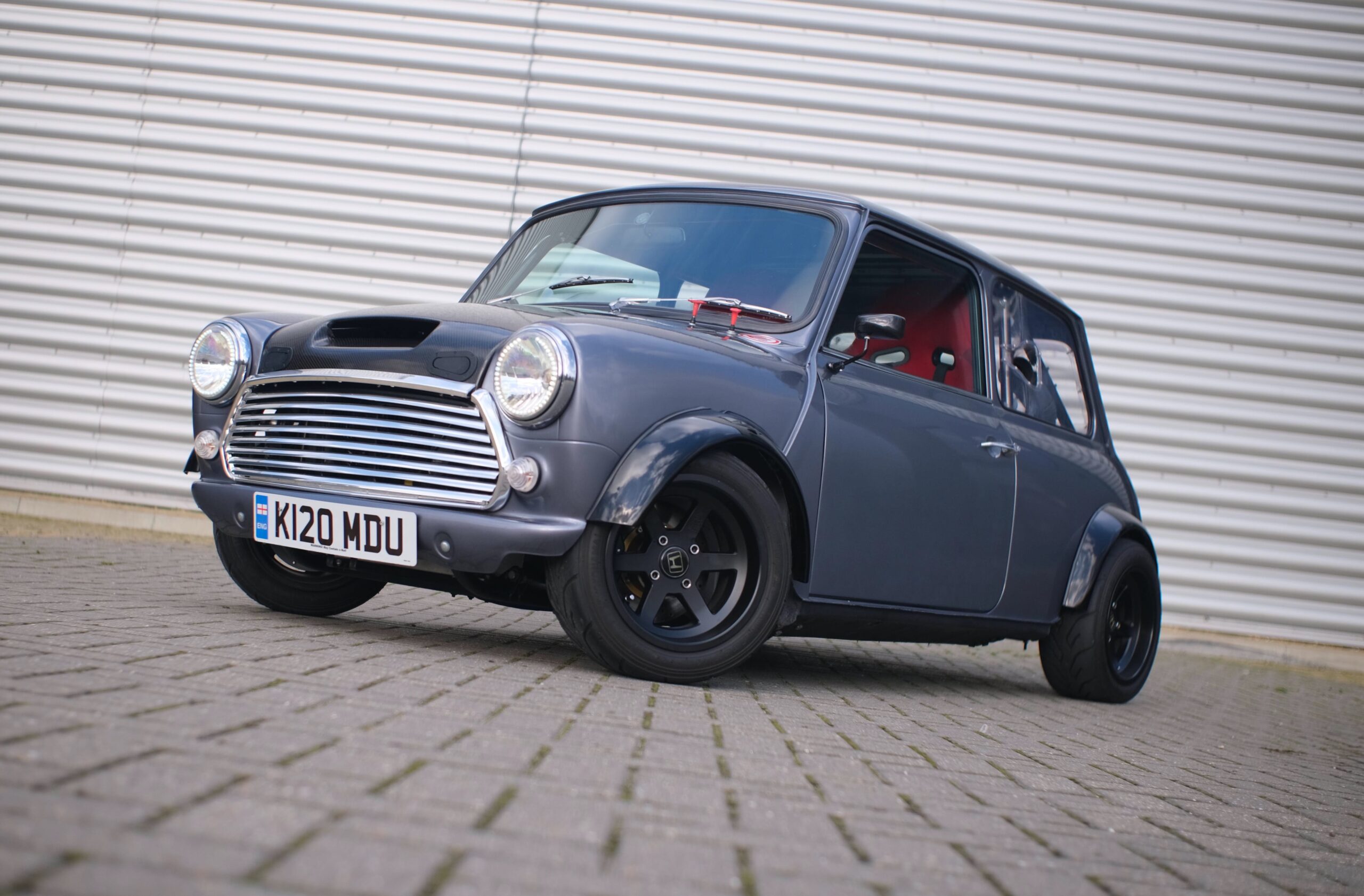
The post A Mid-Engined Honda Civic Type R-Powered Mini With 200 HP appeared first on Silodrome.
from Silodrome https://silodrome.com/mid-engined-mini/
via gqrds
The Unusual Iveco Massif 4×4: A Giugiaro-Designed Defender Rival
The Iveco Massif is a modern four-wheel drive that was built in Spain by Santana for Italian company Iveco which is owned by Fiat. Fewer than 10,000 were made between 2007 and 2011, and they were almost all sold in continental Europe.
If you see some familial similarity between the Iveco Massif and the Land Rover Defender you’re not wrong, the Massif is largely based on the running gear of the Santana PS-10, which is a direct descendant of the Series Land Rovers that had been built under license in Spain.
Fast Facts – The Iveco Massif
- Iveco was founded in 1975 when five automakers from three European countries merged: FIAT Veicoli Industriali (Italy), OM (Italy), Lancia Veicoli Speciali (Italy), Unic (France), and Magirus-Deutz (Germany).
- The Iveco Massif was designed by Giorgetto Giugiaro to be a competitor for both the Land Rover Defender and the commercial (and military) version of the Mercedes-Benz G-Wagen.
- The Massif uses body-on-chassis construction and it’s fitted with front and rear live axles on parabolic leaf springs, a 3.0 liter turbodiesel inline-4 engine, and a 6-speed manual transmission.
- Short wheelbase and long wheelbase versions were sold and the Massif proved popular with both commercial and military customers.
Santana, Land Rover, And The Massif
Santana is a rock band formed in 1966 by Mexican-American guitarist and songwriter Carlos Santana, it’s also the name of a Spanish automaker based in the province of Jaén, and it’s this second use of the name we’ll be focussing on today.
Santana started out as Metalúrgica de Santa Ana, S.A in 1956 building agricultural machinery but in 1961 they branched out into building Land Rovers under license from complete knock-down kits (CKD) from England.
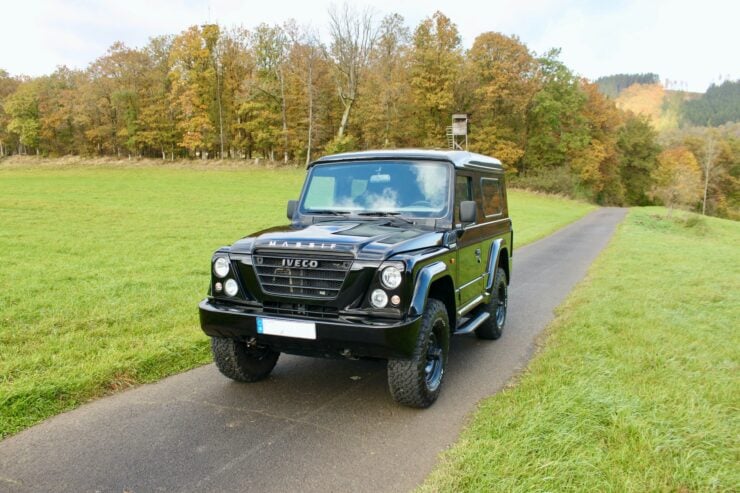
The Massif has clear design links to both the Defender and the Santana PS-10, vehicles with which it shares much of its DNA.
These Santana Land Rovers proved huge popular in Spain and elsewhere in Europe, the company made additional revenue selling them in South America, North Africa, and the Middle East. In the 1980s they formed an alliance with Suzuki to build a number of the Japanese automaker’s four-wheel drive models in Spain including the Samurai, Vitara, and Jimny.
In the late 1990s and early 2000s the company developed the Santana PS-10, a direct competitor to the Land Rover Defender that used upgraded mechanical components from the older Series Land Rover vehicles.
It would be the PS-10 that caught the eye of Iveco, who were looking for a similar four-wheel drive vehicle to add to their own product range to appeal to commercial, military, and agricultural buyers.
An agreement between the two companies was reached and a modified version of the PS-10 was designed by famed automotive designer Giorgetto Giugiaro and the team at the Iveco Style Centre.
The Iveco Massif – History + Specifications
The Iveco Massif was developed relatively rapidly as it used the pre-existing running gear of the Santana PS-10 with its ladder frame chassis, parabolic leaf springs, axles, gearbox, transfer case, brakes, and more.
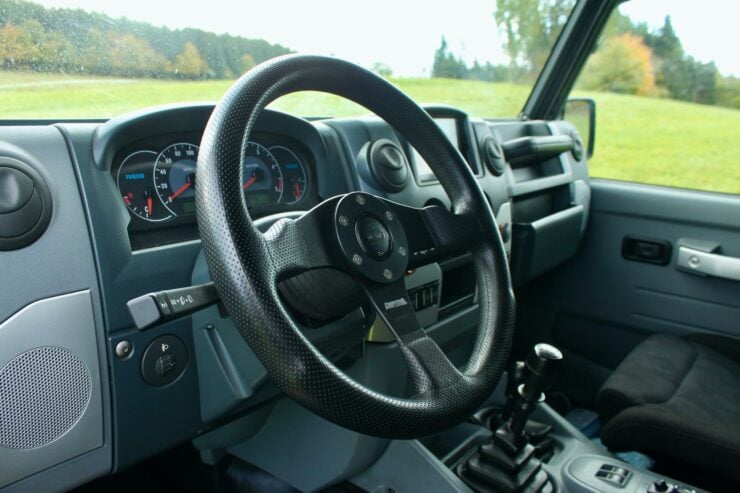
With power steering, electric windows, air conditioning, and a modern stereo, this Massif was well-appointed when it was ordered new.
The body of the Massif was specifically designed for commercial and military use, so it was kept as simple and functional as possible, easy to fix, and inexpensive.
The rear door is just over one meter wide so that it can accommodate a standard Euro pallet, and it’s powered by the same 3.0 liter diesel engine used in the Iveco Daily van. This engine was offered in two specification levels, one with 148 bhp and 258 lb ft of torque and the other with 174 bhp and 295 lb ft of torque thanks to an upgraded variable geometry turbocharger.
Power is sent back into a 6-speed ZF 6S400 overdrive manual gearbox and it has both high and low ranges. Unlike the permanent four-wheel drive used on the Defender, the Massif instead uses selectable two or four-wheel drive. The theory being that just using rear wheel drive would be suitable for most tasks, and it would save approximately 10% on fuel costs.
Disc brakes were fitted to all four corners, manual-locking free-wheeling hubs were used up front, and there was the option to have a limited slip differential fitted at the rear.
Ultimately the design of the Iveco Massif was perfect for its intended purpose and they initially sold well with 6,692 units finding buyers in 2007, the first year the model was offered for sale.
Popularity of the Massif would drop off after this with new vehicle buyers and when Fiat started buying heavily into bankrupt American automaker Chrysler in 2009 they gained access to the full line of Jeep vehicles.
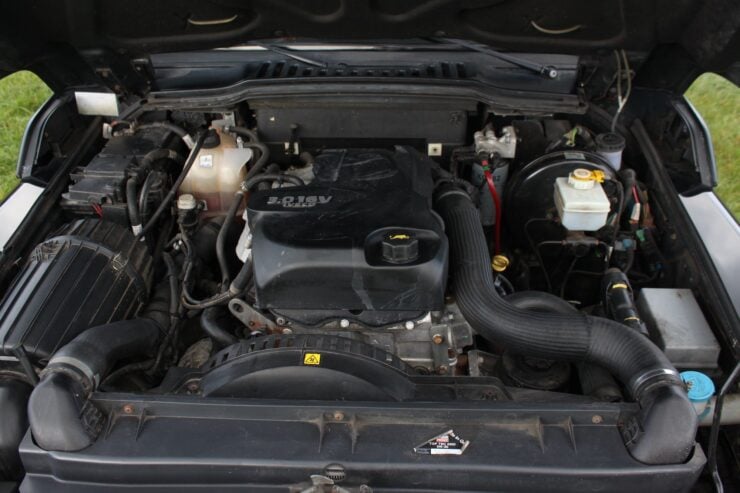
This vehicle is fitted with the HPT version of the 3.0 liter diesel engine with 174 bhp and 295 lb ft of torque thanks to its variable geometry turbocharger.
By 2011 it was clear that it would be more cost effective to use Jeeps for the same purpose as the Massif and so production ended. The Massif is now a bit of an anomaly, they remain popular in 4×4 circles in Europe and largely unheard of elsewhere, and thanks to their shared platform and drivetrain it’s easy for owners to source spare parts when needed.
The Iveco Massif Shown Here
The Massif you see here is a 2009 model fitted with the desirable “HPT” engine fitted with the variable geometry turbocharger giving it almost 300 lb ft of torque.
It’s riding on BFGoodrich All-Terrain tires on steel wheels and it’s been fitted with an AVM differential lock for off-road use. Inside you’ll find Recaro Sportster CS seats, a Momo Competition steering wheel, and a new stereo with Apple CarPlay compatibility.
The factory specification for the car includes electric windows, air conditioning, and a 180W power outlet on the dashboard, and it has received full anti-corrosion underbody protection.
It’s now for sale through Collecting Cars out of Germany, if you’d like to read more about it or register to bid you can click here to visit the listing.
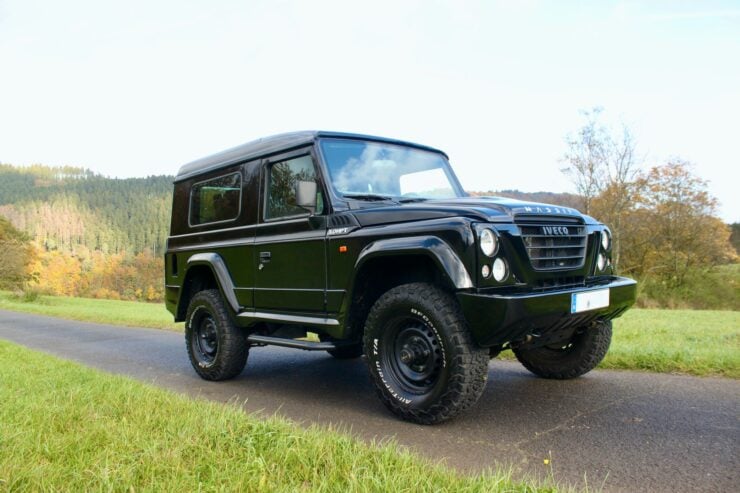
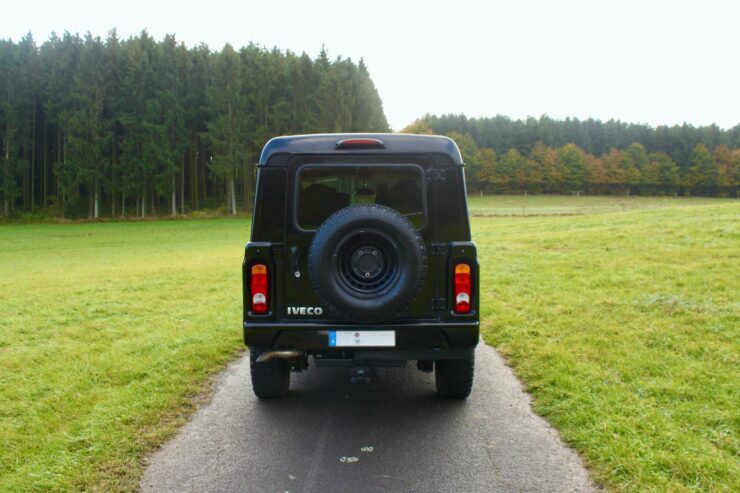
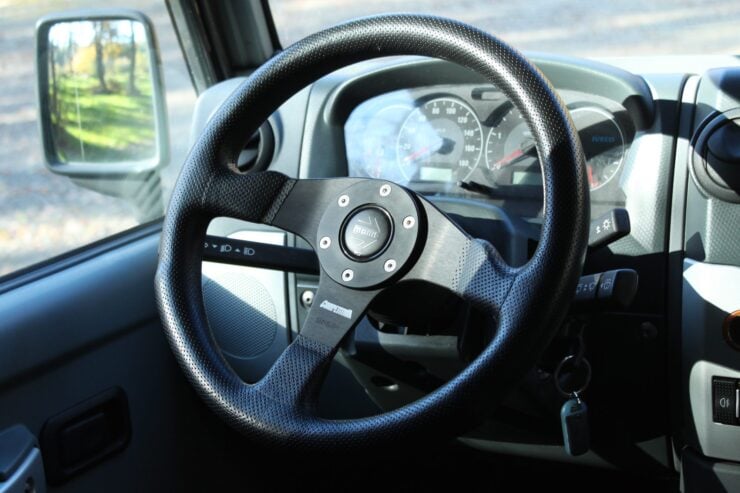
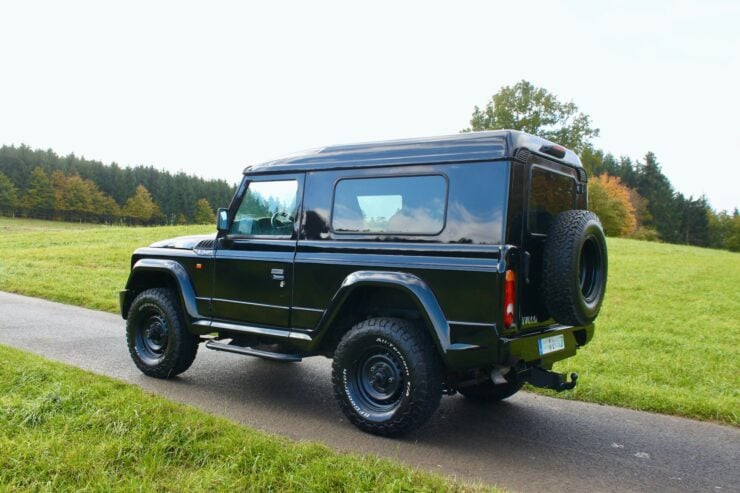
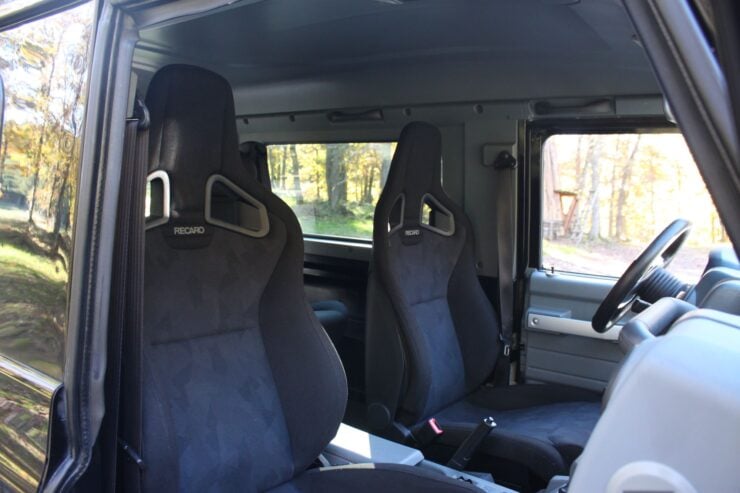
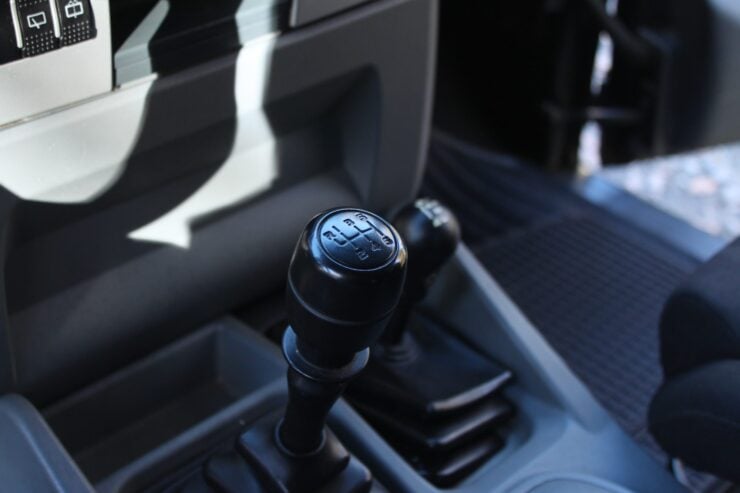
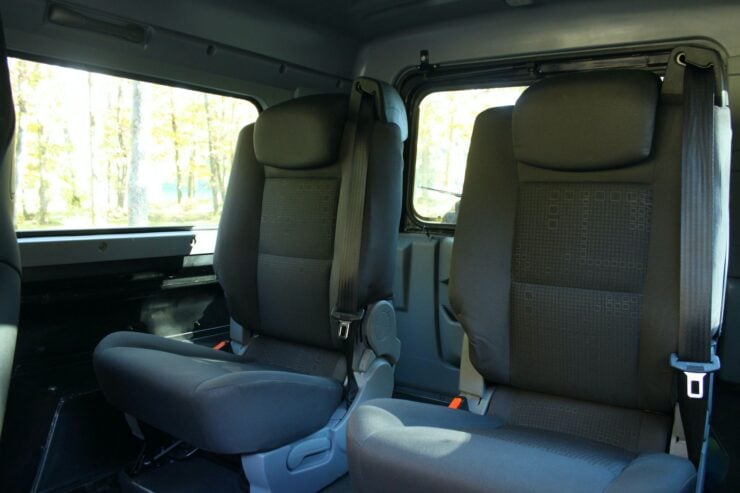
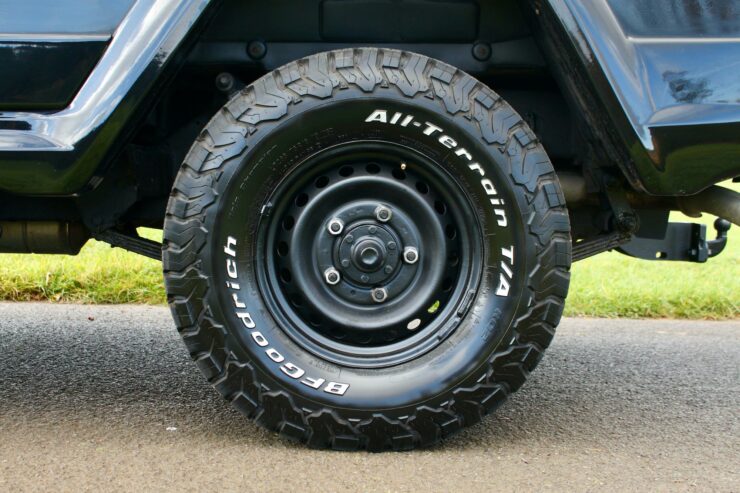
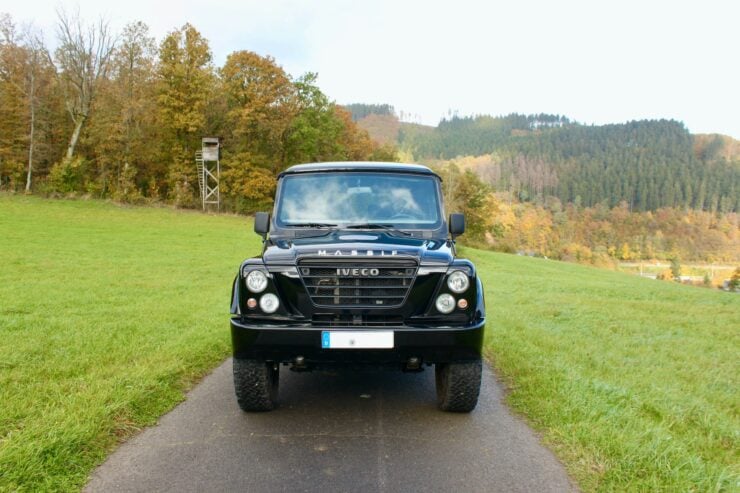
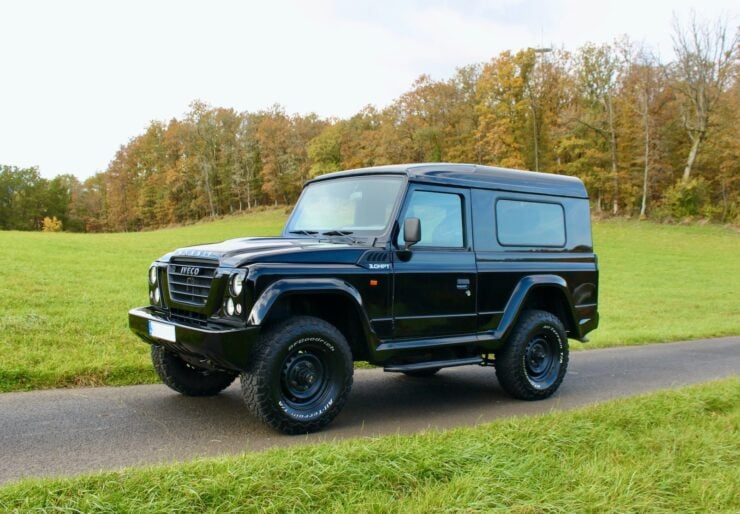
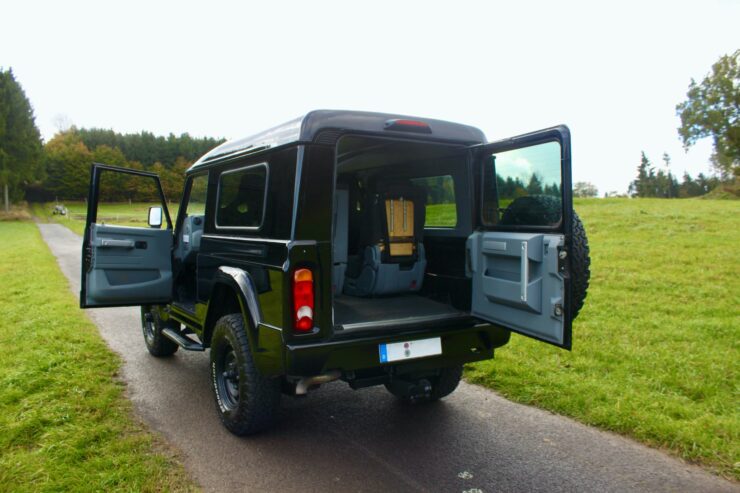
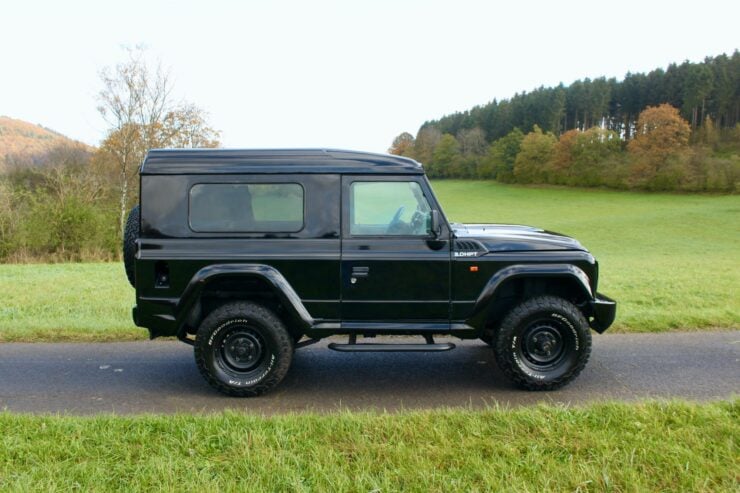
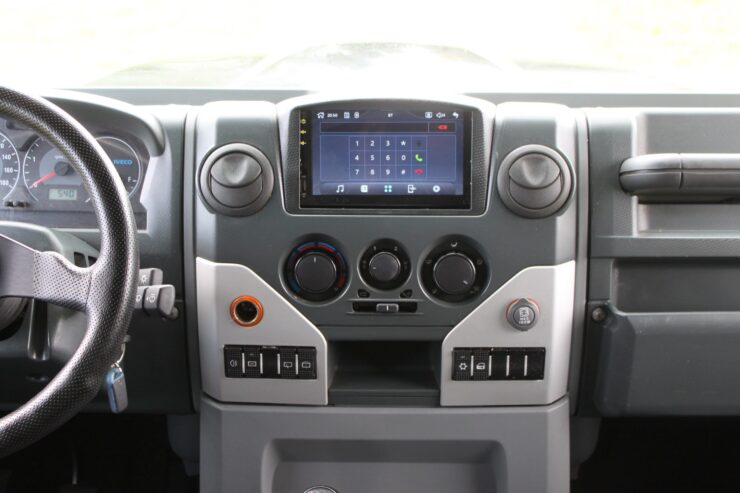
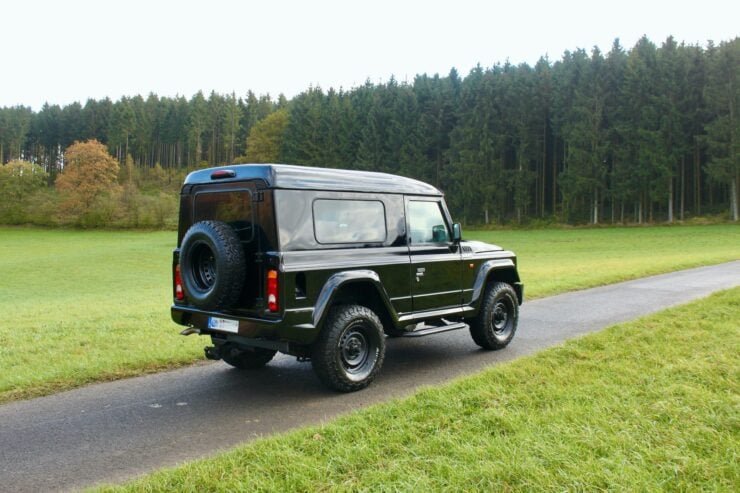
Images courtesy of Collecting Cars
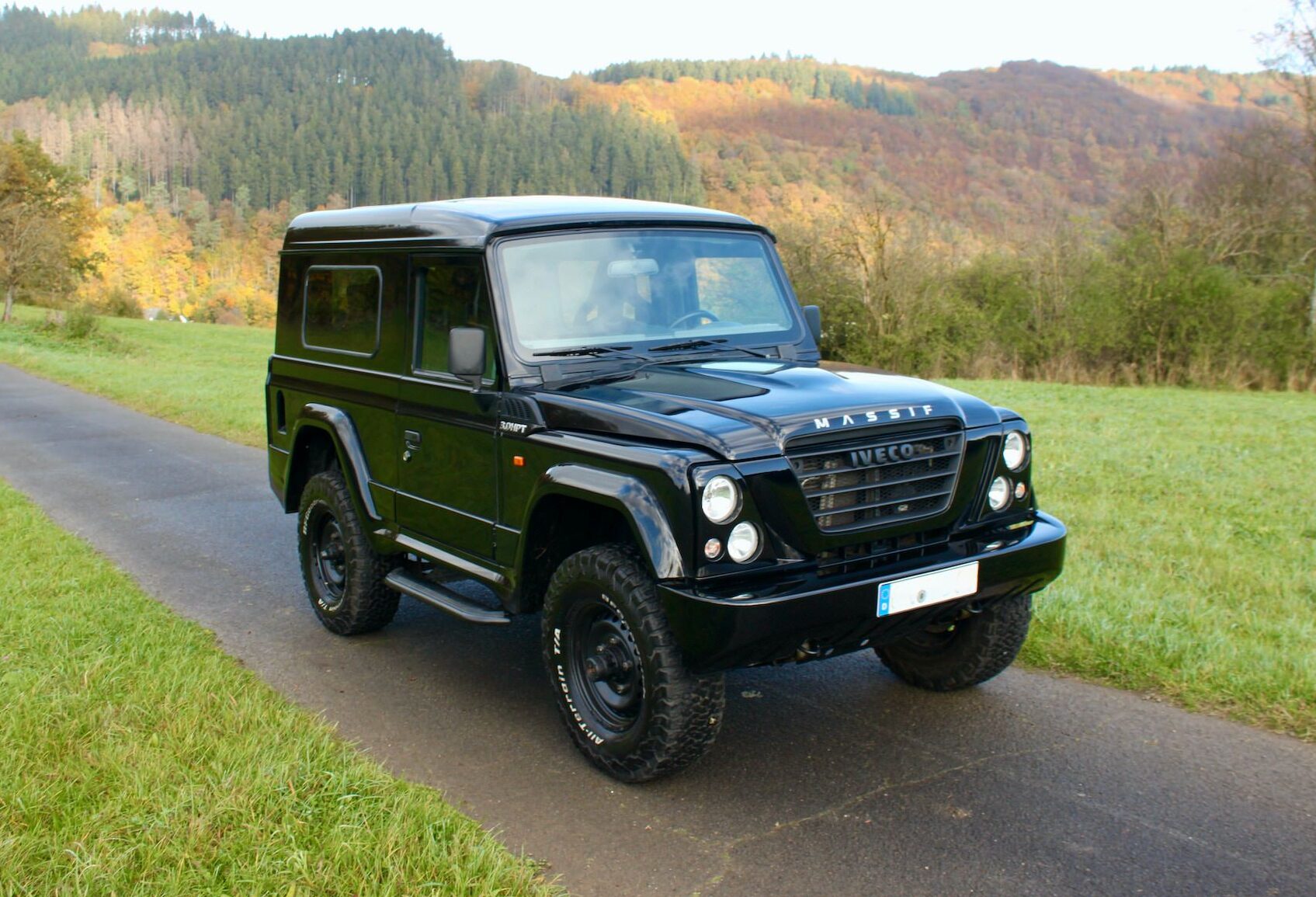
The post The Unusual Iveco Massif 4×4: A Giugiaro-Designed Defender Rival appeared first on Silodrome.
from Silodrome https://silodrome.com/iveco-massif-4x4/
via gqrds
A Vintage Schedoni Luggage Set For The Ferrari Testarossa
This is a complete set of Schedoni luggage for the Ferrari Testarossa, one of the great supercars of the 1980s and a popular photographic subject of teenage bedroom wall posters.
It’s common for high-end luxury cars and supercars to be offered with an optional luggage set that has been designed to fit together almost like Tetris blocks, to perfectly fill the oftentimes limited trunk space.
The Ferrari Testarossa was first officially shown to the public at the 1984 Paris Auto Show as the replacement for the outgoing Ferrari Berlinetta Boxer model. The Testarossa is powered by the Tipo F113 flat-12 engine with a displacement of 4.9 liters, double overhead cams per bank, four valves per cylinder, and 385 bhp.
The 180+ mph performance of the car ensured that it would become a legend in its own lifetime, but it was the Pininfarina design of the car, with its large side strakes, pop-up headlights, and slatted rear grill that endeared it to a generation of teenagers (and adults) in the 1980s.
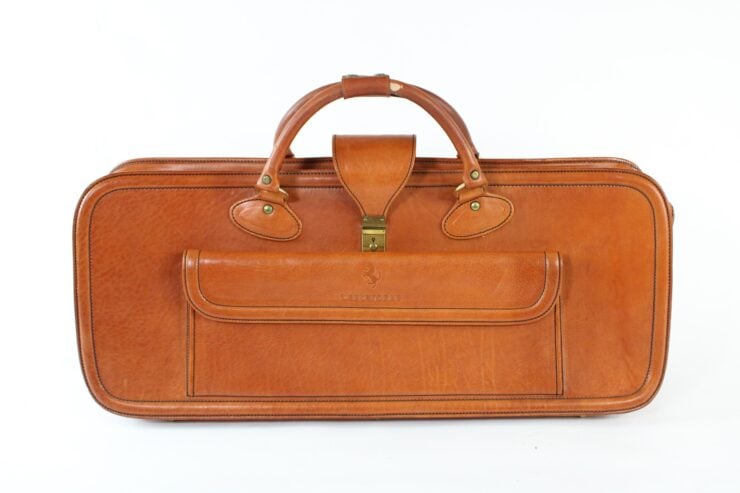
This holdall is designed to fit neatly between the seats inside the Testarossa, the rest of the bags can be arranged together to perfectly fill the front trunk – maximizing space.
The full luggage set of six Schedoni pieces here includes: one holdall, two suitcases, one briefcase, and two smaller vanity cases. The long holdall is designed to fit neatly between the seats, and the rest of the items can be arranged together to fill the trunk up front.
Each of these cases is made from tan leather with a beige lining, they have brass latches and base studs, and they’re embossed with both “Testarossa” and “Schedoni” logos.
If you happen to need a set of Schedoni cases for your Testarossa you’re in luck, this one is currently for sale on Collecting Cars out of England. If you’d like to read more about it or register to bid you can click here to visit the listing.

The Ferrari Testarossa was designed at Pininfarina by a team including Ian Cameron, Guido Campoli, Emanuele Nicosia, Diego Ottina, led by Leonardo Fioravanti.
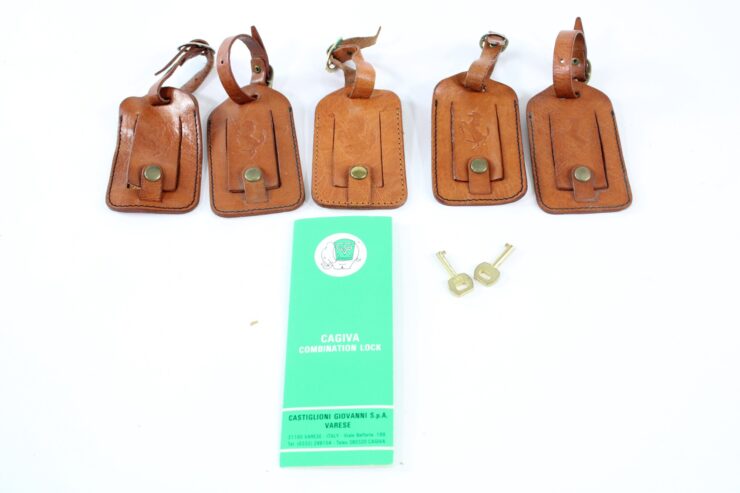
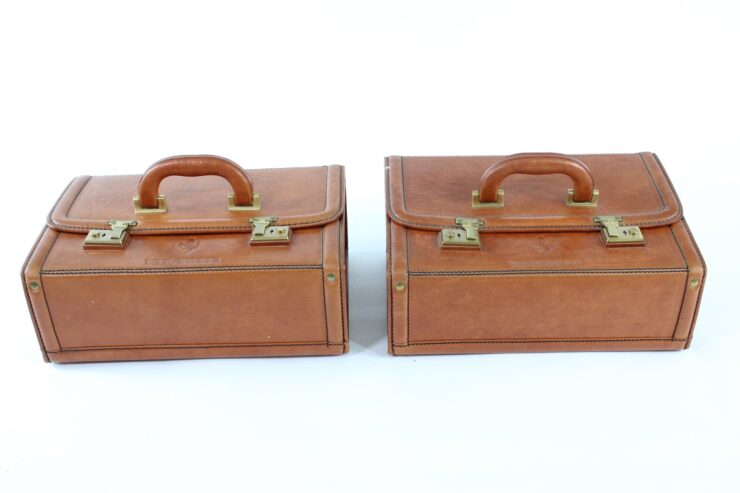
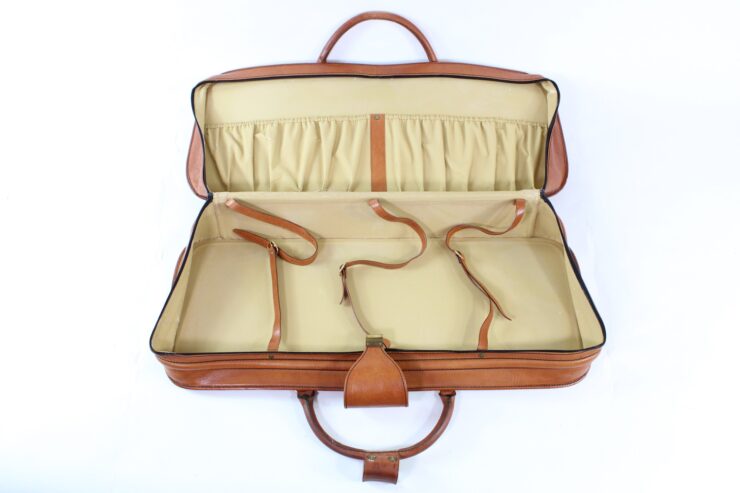
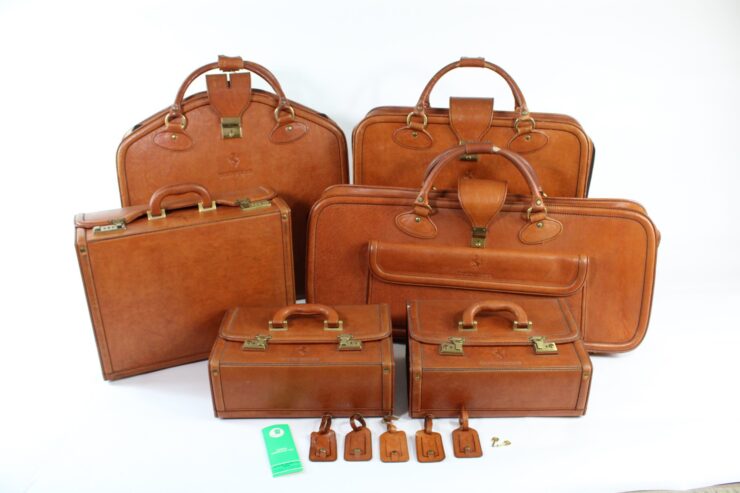
Images courtesy of Collecting Cars
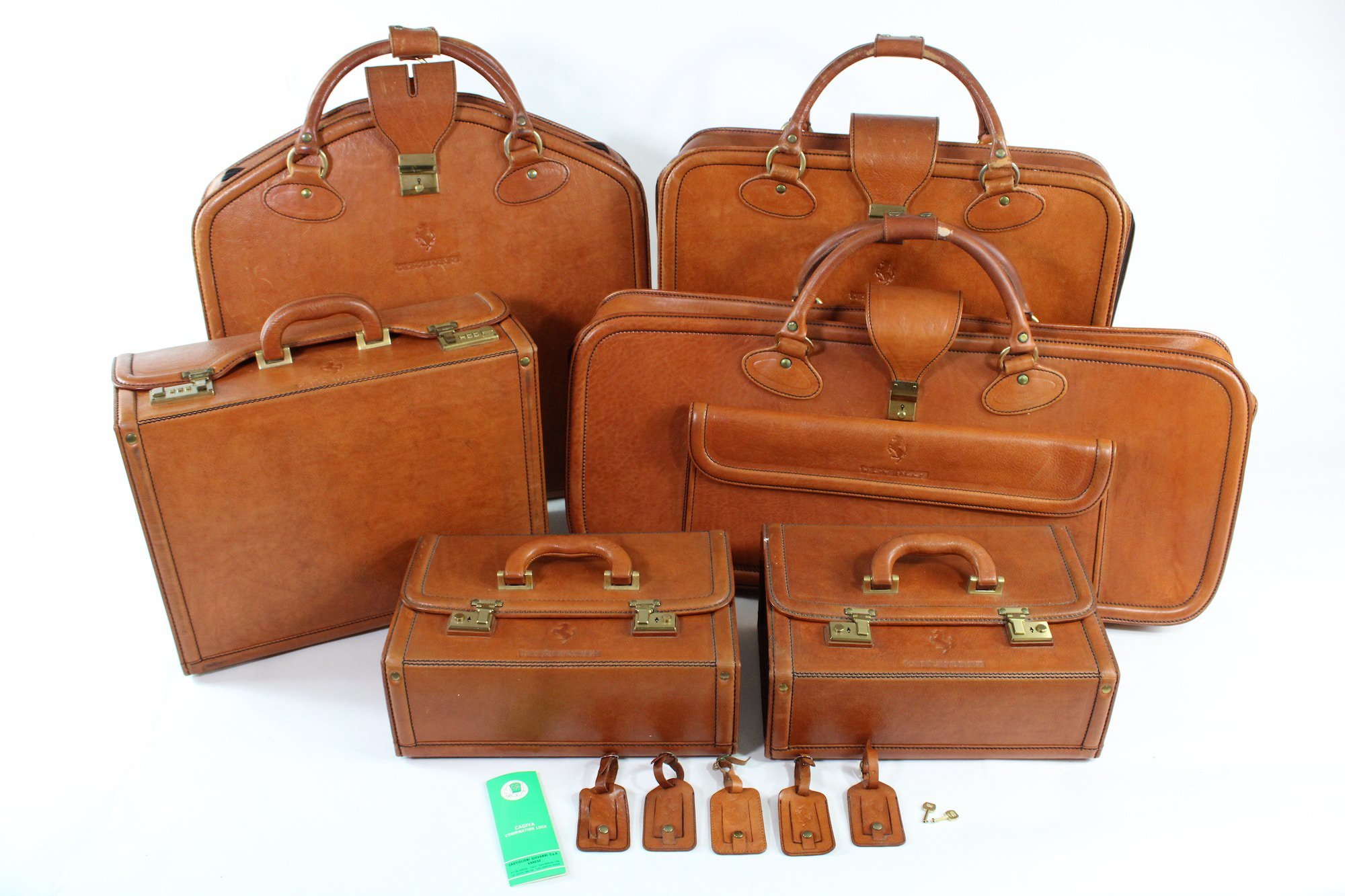
The post A Vintage Schedoni Luggage Set For The Ferrari Testarossa appeared first on Silodrome.
from Silodrome https://silodrome.com/schedoni-luggage-set-for-the-ferrari-testarossa/
via gqrds
from Tumblr https://somar78.tumblr.com/post/667232465861083136
-
Two-tone 1974 Volkswagen Baja Bug from Tumblr https://78.media.tumblr.com/73c6b6e000f95d3cae9a743a42cac396/tumbl...
-
Lamborghini Miura SVR restored to former glory from Tumblr https://78.media.tumblr.com/f022f7b49224f89bd46...
-
Porsche 997 Slantnose Kit from Tumblr https://78.media.tumblr.com/a2012e847fee3cfc8f74b953a4a7d758/tumblr_ogf8uk7UTQ1u8i...
-
This short film from Ford is focussed on their “Wrist Twist” steering system from 1965 – a way of steering a car that required far less spac...
-
1977 Ford F150 Ranger from Tumblr https://78.media.tumblr.com/42ac160b31ec406cfc8de446480e734c/tumblr_pe82i3V...






